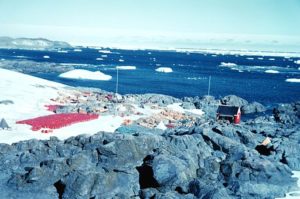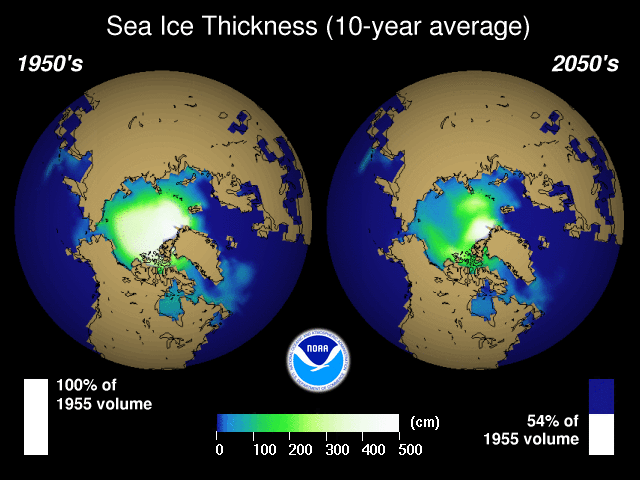
It’s no surprise that major artists such as the Police and Madonna joined the July, 2007, Live Earth concerts to focus on global warming, but what about the small band that formed at the Rothera research station on Adelaide Island, Antarctica?
Here is an article that focuses on how personal experiences, interests, and background often contribute to the research topics that scientists pursue, but also inspires them to use their talents to further social awareness, or to collaborate with or mentor others.
On July 7, 2007, the Live Earth concerts took place on all continents. The global event was meant to promote awareness of a “climate in crisis” and featured a range of musical performers, from the Police and Madonna to Kanye West and the Black Eyed Peas, playing at venues around the world. Perhaps the least heralded performance was by the indie rock band Nunatak, who played to a sold-out crowd of 17 people – all of the current residents at the Rothera Research Station on Adelaide Island, Antarctica, one of the most remote places on the planet (Figure 1). The performance was taped and later broadcast to millions of people.
What does this have to do with science? Actually, it has everything to do with science. The band Nunatak consists entirely of scientists and researchers stationed at Rothera: Matt Balmer, an electronics engineer and the lead vocalist; Alison Massey, a marine biologist and saxophonist; Rob Webster, a meteorologist and drummer; Tris Thorne, a communications engineer and violinist; and Roger Stilwell, a polar guide and bass guitarist. As scientists, they were each conducting research on Adelaide Island in 2007. As people who happen to be scientists, however, they are also musicians, and musicians with an interest in promoting awareness of climate change. Participating in Live Earth was a natural outgrowth of their personal and professional interests.
We often forget the human side of scientists, that they are people who, in addition to their professional labels like professor, physicist, or researcher, also have personal labels like musician, cook, hiker, or parent. At first glance, these personal pursuits may seem irrelevant to the process of science. In fact, the opposite is true – science benefits from the creativity and interests of a diverse group of individuals who bring many different points of view to the table. Individual scientists bring all of the strengths and weaknesses of humans to their profession, from creativity in problem solving to the failures of judgment that create problems. But science could not exist without these unique contributions. Individual scientists are influenced by their personal experiences, mentoring, and collaboration, chance events, their diverse perspectives, and their personal judgment. The role of each of these influences is explored in more detail below.
This long article is well worth reading, in its discussion of how personal interests led scientists to their areas of research. Of particular interest is the biographical detail of Czech scientist Gregor Mendel, and the mentor who led him to study the mechanisms involved in biological inheritance, in the early 1900s.
To read the source article, see visionlearning.com.
Attribution: Rothera research station, by User Dconnor9, via Wikimedia Commons
Attribution: Adelaide Island, Antarctic Peninsula, by Vincent van Zeijst (Own work), via Wikimedia Commons

